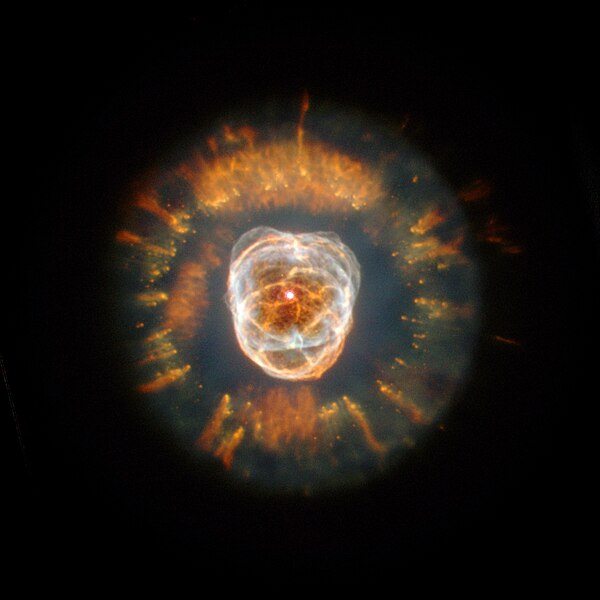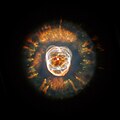Fișier:Ngc2392.jpg

Mărimea acestei previzualizări: 600 × 600 pixeli. Alte rezoluții: 240 × 240 pixeli | 480 × 480 pixeli | 768 × 768 pixeli | 1.024 × 1.024 pixeli | 1.500 × 1.500 pixeli.
Mărește rezoluția imaginii (1.500 × 1.500 pixeli, mărime fișier: 1,16 MB, tip MIME: image/jpeg)
Istoricul fișierului
Apăsați pe Data și ora pentru a vedea versiunea trimisă atunci.
| Data și ora | Miniatură | Dimensiuni | Utilizator | Comentariu | |
|---|---|---|---|---|---|
| actuală | 28 iulie 2005 15:34 |  | 1.500x1.500 (1,16 MB) | Startaq | |
| 1 februarie 2005 20:20 |  | 320x259 (12 KB) | CWitte | Eskimo nebula |
Utilizarea fișierului
Următoarele pagini conțin această imagine:
Utilizarea globală a fișierului
Următoarele alte proiecte wiki folosesc acest fișier:
- Utilizare la af.wikipedia.org
- Utilizare la ar.wikipedia.org
- Utilizare la arz.wikipedia.org
- Utilizare la ast.wikipedia.org
- Utilizare la az.wikipedia.org
- Utilizare la be.wikipedia.org
- Utilizare la bg.wikipedia.org
- Utilizare la bn.wikipedia.org
- Utilizare la bs.wikipedia.org
- Utilizare la ca.wikipedia.org
- Utilizare la ce.wikipedia.org
- Utilizare la cs.wikipedia.org
- Utilizare la cv.wikipedia.org
- Utilizare la da.wikipedia.org
- Utilizare la de.wikipedia.org
- Utilizare la diq.wikipedia.org
- Utilizare la el.wikipedia.org
- Utilizare la en.wikipedia.org
- Planetary nebula
- Compact object
- Eskimo Nebula
- List of planetary nebulae
- User:Anticipation of a New Lover's Arrival, The/Galleries/Awards
- Caldwell catalogue
- Herschel 400 Catalogue
- User:Reginhild
- Wikipedia:Featured picture candidates/May-2007
- Wikipedia:Featured picture candidates/Eskimo Nebula
- User:Reginhild/Userboxes/Space Scientist
- Gemini (constellation)
Vizualizați utilizările globale ale acestui fișier.

